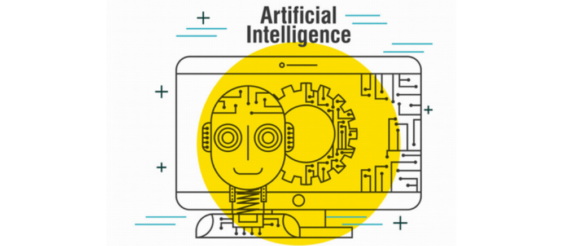How do Firms Implement AI to Understand Consumer Psychology? | CPO INNOVATION

Based on the needs, wants and demands, individuals consume both goods and services. Besides, a business is a customer of other businesses by itself, that is, B2B. Obtaining new clients and gratifying the existing buyers are the most strenuous tasks of an organization in this global competition. To accomplish those undertakings, consumer psychology – which comprises attention, perception, mood, emotion, and attitude – helps companies analyze the behavioral fluctuations and evolution of the customers leading to a deeper understanding of their clientele and business segment.
The ‘buying’ decision is influenced by consumer behavior, an attribute which can be assessed from either structured data -text- or unstructured data -photo, video, and voice- available on several platforms. According to Albert Mehrabian, 55% of the messages are conveyed through facial expressions that deliver attention, emotion, and attitude.
In industry 4.0 and the digital era, the extraction of emotions from image, video or voice has increased its accuracy while reducing complexity with the wide use and implementation of Machine Learning. Gartner, a leading research and advisory company, referred to the essence of the face and emotion detection in its publication “Cool Vendors in AI Applications for IoT”. Similarly, CBS, an American commercial broadcast television and radio network, has been assessing the audience’s emotional engagement by using “Emotion AI” to evaluate the interaction between promos, ads and show content. This is performed by analyzing the emotional responses of viewers about drama series, via webcam.
On the other hand, Unruly, an advertising company acquired by Tremor International, uses emotional data to provide effective advertisements with respect to brand recall and purchase intent. Moreover, IPG -Interpublic Group- a multi-national provider of marketing solutions, makes use of emotion analysis API to understand customer preference.
When the text data is considered we are talking about sentiment analysis -natural language processing (NLP) which is based on two parameters: polarity and subjectivity; to understand the degree of positivity or negativity in the statement and the customer’s opinion, respectively. For instance, ICS, a pioneer in the business of contact center management jointly with NICE, delivers text analytics from the text interactions and real-time speech analytics from customer calls by searching, operationalizing and placing the data. In addition to this, Falcon, a digital marketing company, is able to provide insights about customer experience from social media, utilizing once again, text analytics. Comparably, Enterprise’s chatbot powered by ML with the integration of NLP understands the user’s intention from the keyword search in the database which is used to transcript data and generate leads.
Notwithstanding, Face Recognition is incorporated in most companies, mainly in the retail sector, to identity the shoplifters from available databases as well as to identify the buyer’s age, gender, and race, which enhances the company’s customer experience. Additionally, AI-induced music systems are installed in restaurants, shopping malls, and supermarkets to provide consumers an impactful psychological effect. This could be considered a large element of neuromarketing, a field that includes the direct use of brain imaging, scanning, or other brain activity measurement technology to measure a subject’s response to specific products, packaging, advertising, or other marketing elements. However, in this case, AI will be the psychologist and neurological expert serving enterprises to achieve their goals.
This article is co-authored by Dr. Raul Villamarin Rodriguez and Satheesh Kumar M, Woxsen School of Business.
